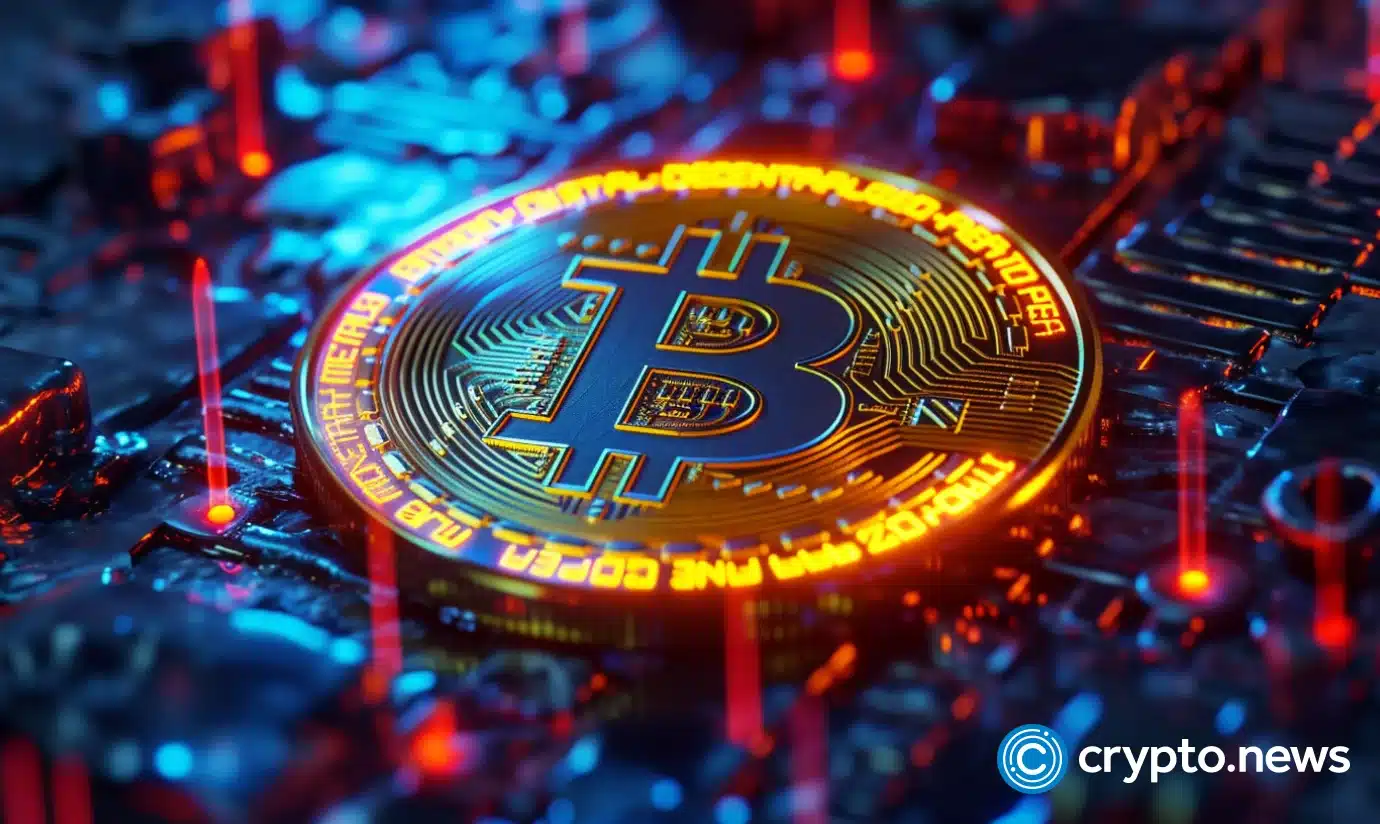
Wall Street is acquiring Bitcoin at a rate 12.5 times greater than its daily production, moving towards a new all-time high, according to Anthony Pompliano.
Anthony Pompliano recently emphasized on CNBC’s Squawk Box the significant interest Wall Street has in Bitcoin (BTC), stating, “Wall Street LOVES bitcoin. They are buying up 12.5x more bitcoin per day than the network can produce.”
Pompliano’s comments highlight the strong institutional demand for Bitcoin, particularly as the cryptocurrency approaches its halving in mid-April, when the rate at which new Bitcoins are created will be halved, potentially intensifying the already tight supply-demand balance.
In early 2024, the U.S. Securities and Exchange Commission (SEC) approved the first cache pf spot Bitcoin ETFs in the United States. Contrary to the expected immediate increase in Bitcoin’s price, it instead fell by 20% in January after the ETFs were introduced.
This decline was influenced by various factors, including profit-taking after Bitcoin’s price had surged by 200%, as well as sales from Grayscale’s GBTC.
Despite this initial drop, ETF providers took advantage of the lower prices to increase their Bitcoin holdings. Grayscale currently leads with over 475,000 BTC. BlackRock and Fidelity have also significantly added to their holdings, with more than 70,000 and 60,000 BTC, respectively.
ARK, Bitwise, Invesco Galaxy Bitcoin Trust, along with a consortium of VanEck, Valkyrie, Franklin, and WisdomTree, have altogether acquired over 174,000 BTC. Altogether, these purchases account for nearly 1% of the total circulating Bitcoin supply.
This aggressive acquisition by ETF providers after the introduction of Bitcoin ETFs reflects the dynamics of supply and demand in the market, which is what is now pushing Bitcoin past $50k. With Bitcoin’s supply set to decrease further post-halving, and demand continuing to rise especially from institutional investors, Bitcoin’s price according to analysts like Pompliano could see the original cryptocurrency propel to new yearly highs.
This article first appeared at crypto.news

